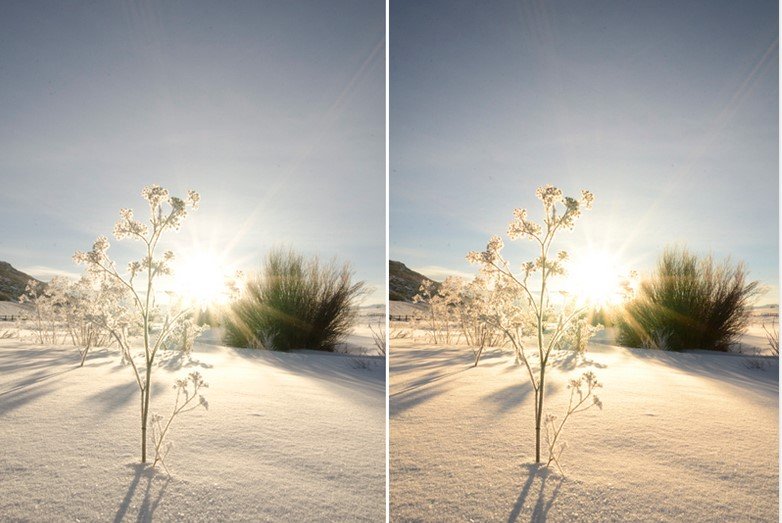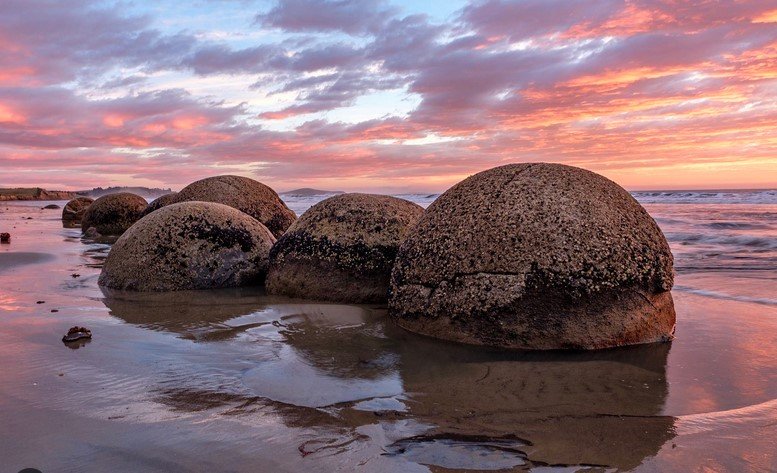When deciding between shooting in RAW vs JPEG, photographers often weigh the pros and cons of each format. Both RAW and JPEG have distinct advantages depending on your photography needs, level of expertise, and how much control you want over post-processing. Understanding the key differences will help you make an informed choice for your photography projects.

What is RAW?
RAW is an uncompressed and unprocessed image format that captures all the data from the camera’s sensor. Shooting in RAW gives you a higher level of flexibility and control when it comes to editing and post-processing your images. Since RAW files contain more data, they allow for more significant adjustments to exposure, color balance, and detail without losing image quality.
One downside of RAW files is that they are large in size, which can quickly fill up your memory cards. Additionally, RAW files require post-processing software like Adobe Lightroom or Photoshop to convert them into a more usable format, such as JPEG or PNG.
What is JPEG?
JPEG is a compressed image format that processes and reduces the data captured by your camera’s sensor. The JPEG format is designed to produce smaller file sizes, which makes it ideal for quick sharing, printing, or storing a large number of images on a single memory card. JPEG files are also ready to use straight from the camera without the need for additional editing.
However, shooting in JPEG comes with limitations. The compression process removes some data from the image, which means that fine adjustments in post-processing, such as exposure or color correction, can result in a loss of quality. Once the image is saved, the lost data cannot be recovered.
Advantages of Shooting in RAW
One of the most significant advantages of shooting in RAW is the level of detail the format preserves. Because RAW files contain all the unprocessed data from your camera sensor, you can make extensive edits to exposure, white balance, and contrast without degrading the image quality.
RAW files are particularly beneficial for professionals or serious hobbyists who want complete control over their images. With the ability to recover blown-out highlights or adjust underexposed shadows, RAW offers an added layer of protection for tricky lighting conditions.
Another key benefit of RAW is the flexibility it offers in post-processing. Since the file holds more data, editing software can work with a larger dynamic range, resulting in richer, more detailed images.
Advantages of Shooting in JPEG
For photographers who want convenience and speed, JPEG is often the preferred option. JPEG files are smaller in size, which makes them easier to share, store, and upload to online platforms. Since the camera processes the image and applies settings like contrast and sharpening automatically, JPEGs are ready to use straight out of the camera.
Shooting in JPEG is particularly useful when you’re photographing fast-paced events like sports, weddings, or street photography, where you need to take a large number of shots in a short period of time. The smaller file size also reduces the burden on your memory card, allowing you to shoot more images without worrying about running out of space.
RAW vs JPEG for Post-Processing
Post-processing is one of the major factors when deciding between RAW vs JPEG. With RAW files, you have maximum control over adjustments to color, exposure, and detail. This makes RAW ideal for photographers who intend to spend time fine-tuning their images in post-production.
JPEG, on the other hand, offers limited flexibility. Since much of the image data is compressed and lost, editing JPEGs heavily can lead to a noticeable decrease in quality. JPEGs are best suited for quick edits, where minimal changes are required.
Which Format Should You Choose?
The choice between RAW and JPEG ultimately comes down to your specific needs as a photographer. If you’re a professional or an enthusiast who values creative control and is willing to invest time in post-processing, RAW is the better choice. It provides you with the highest possible image quality and the flexibility to make detailed edits.
For casual photographers, or those looking for speed and convenience, JPEG is often the better option. JPEGs are ready-to-use files that are ideal for sharing or printing directly from the camera. If you don’t need to make extensive adjustments in post-processing, JPEG will likely meet your needs.
Conclusion
When considering RAW vs JPEG, it’s essential to evaluate your workflow, the level of post-processing you’re willing to do, and your storage capabilities. RAW offers superior image quality and flexibility, while JPEG provides convenience and smaller file sizes. Understanding the strengths and limitations of both formats will help you make the right choice for each photographic situation.










